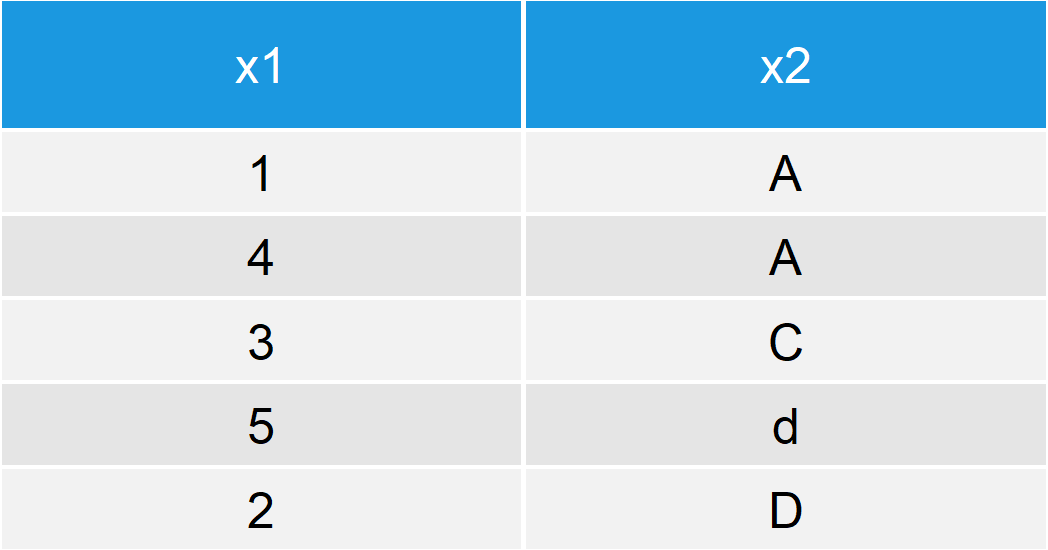
Sort Data Frame in R (4 Examples) Order & Rearrange, dplyr & data.table
R provides a different way to sort the data either in ascending or descending order; Data-analysts, and Data scientists use order (), sort () and packages like dplyr to sort data depending upon the structure of the obtained data.

str_order & str_sort Functions in R (2 Examples) stringr Package
Sorting data in R language can be achieved in several ways, depending on how you want to sort or order your data. In this tutorial you will learn how to sort in R in ascending, descending or alphabetical order and how to order based on other vector in several data structures. 1 order () function in R 2 sort () function in R

Arrange, Filter, & Group Rows In R Using dplyr
Sorting a DataFrame allows us to reorder the rows based on the values in one or more columns. This can be useful for various purposes, such as organizing data for analysis or presentation. Methods to sort a dataframe: order () function (increasing and decreasing order) arrange () function from dplyr package

Order Categorical Data in a Stacked Bar Plot with Ggplot2 ITCodar
1 Answer Sorted by: 24 sort () sorts the vector in an ascending order. rank () gives the respective rank of the numbers present in the vector, the smallest number receiving the rank 1. order () returns the indices of the vector in a sorted order. for example: if we apply these functions are applied to the vector - c (3, 1, 2, 5, 4)

R sort, rank, order YouTube
To sort a data frame on one or more columns, you can use the arrange function from plyr package, or use R's built-in functions. The arrange function is much easier to use, but does require the external package to be installed.

algorithm Tutorial => Quicksort Basics
The simplest way to perform sorting in R is by making use of the "order ()" function. Order function allows the user to sort data-frames, matrices, or vectors in ascending or descending manner. In this case, order () will sort the given numbers in ascending order based on their index. Since number 1 is the smallest, it has an index of one.
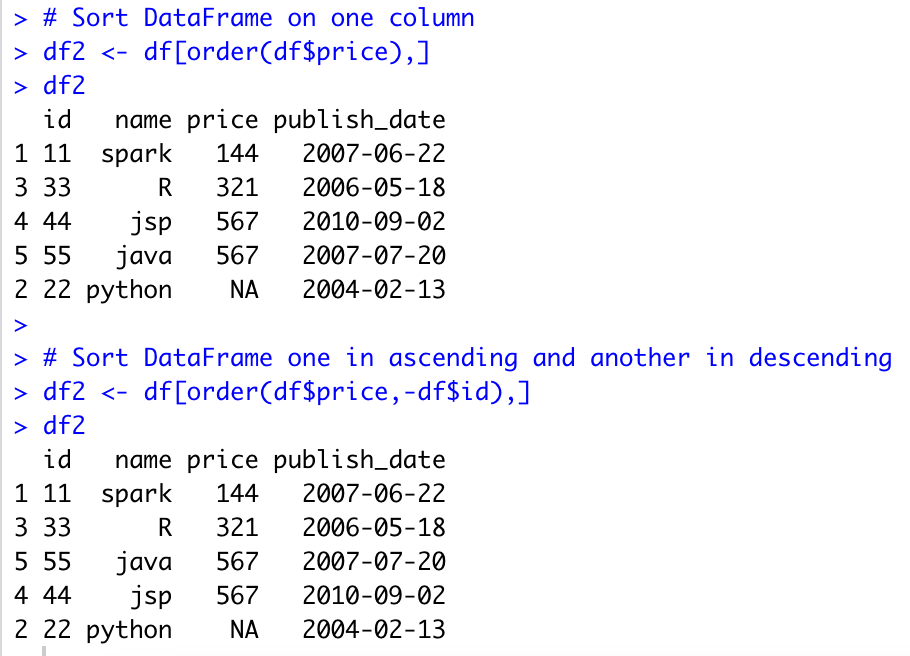
Order DataFrame by one descending and one ascending column in R Spark
The basic R syntax of the three functions is the same. However, the output of each function is different. Figure 1 illustrates the functioning of the sort, order, and rank functions: Figure 1: Comparison of sort, order & rank Functions in R. Definition of sort() R function: The sort function returns its input in ascending or descending order.
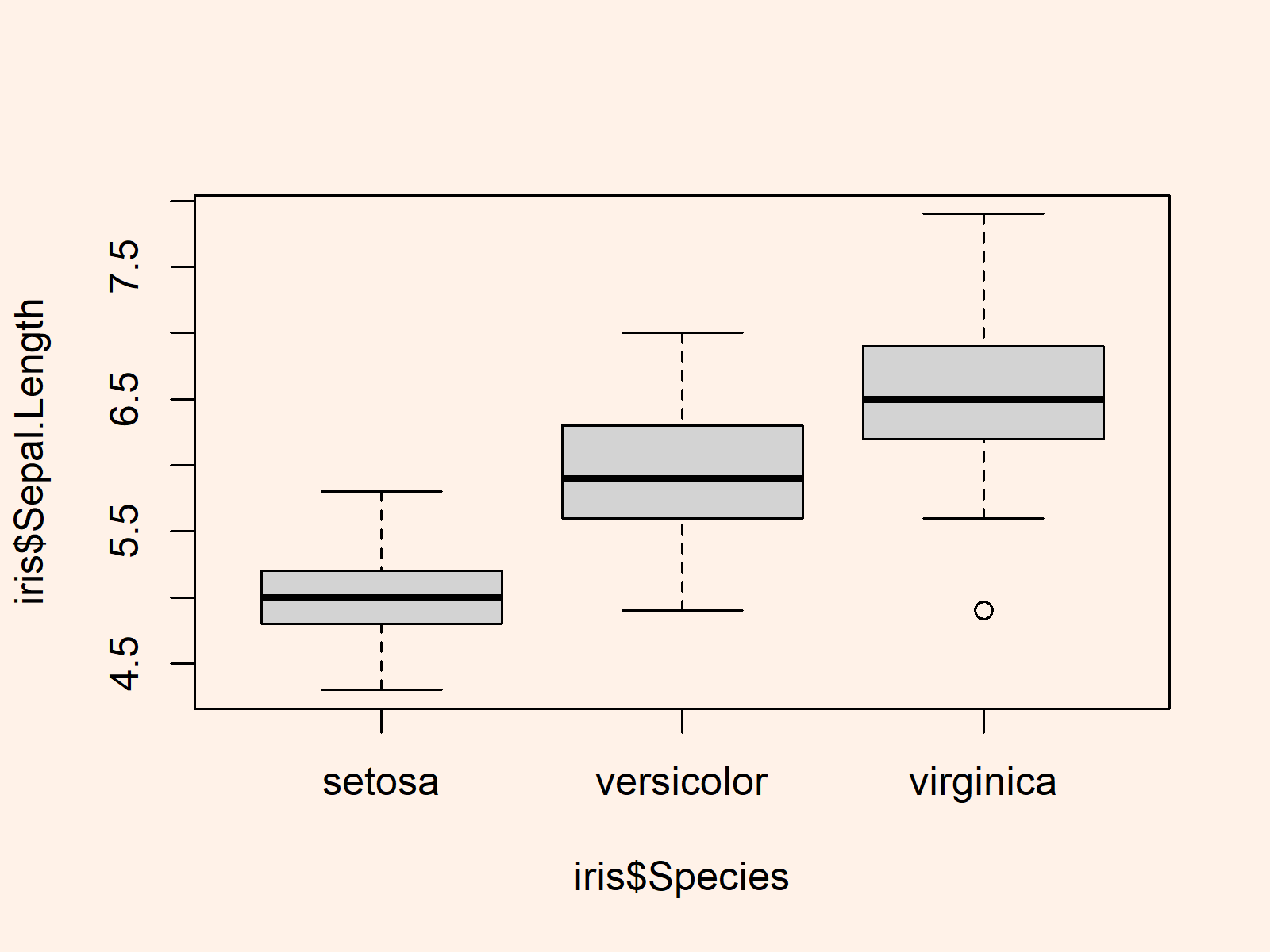
R How to Sort a Boxplot Manually (2 Examples)
The following code shows how to use functions from the dplyr package to sort the data frame by points descending (largest to smallest), then by assists ascending: library (dplyr) df %>% arrange( desc (points), assists) team points assists 1 F 99 40 2 C 93 31 3 E 91 34 4 D 91 39 5 B 90 28 6 A 90 33 7 G 85 44

Order columns alphabetically or ascending order in R DATA
Details. sort is a generic function for which methods can be written, and sort.int is the internal method which is compatible with S if only the first three arguments are used.. The default sort method makes use of order for classed objects, which in turn makes use of the generic function xtfrm (and can be slow unless a xtfrm method has been defined or is.numeric(x) is true).
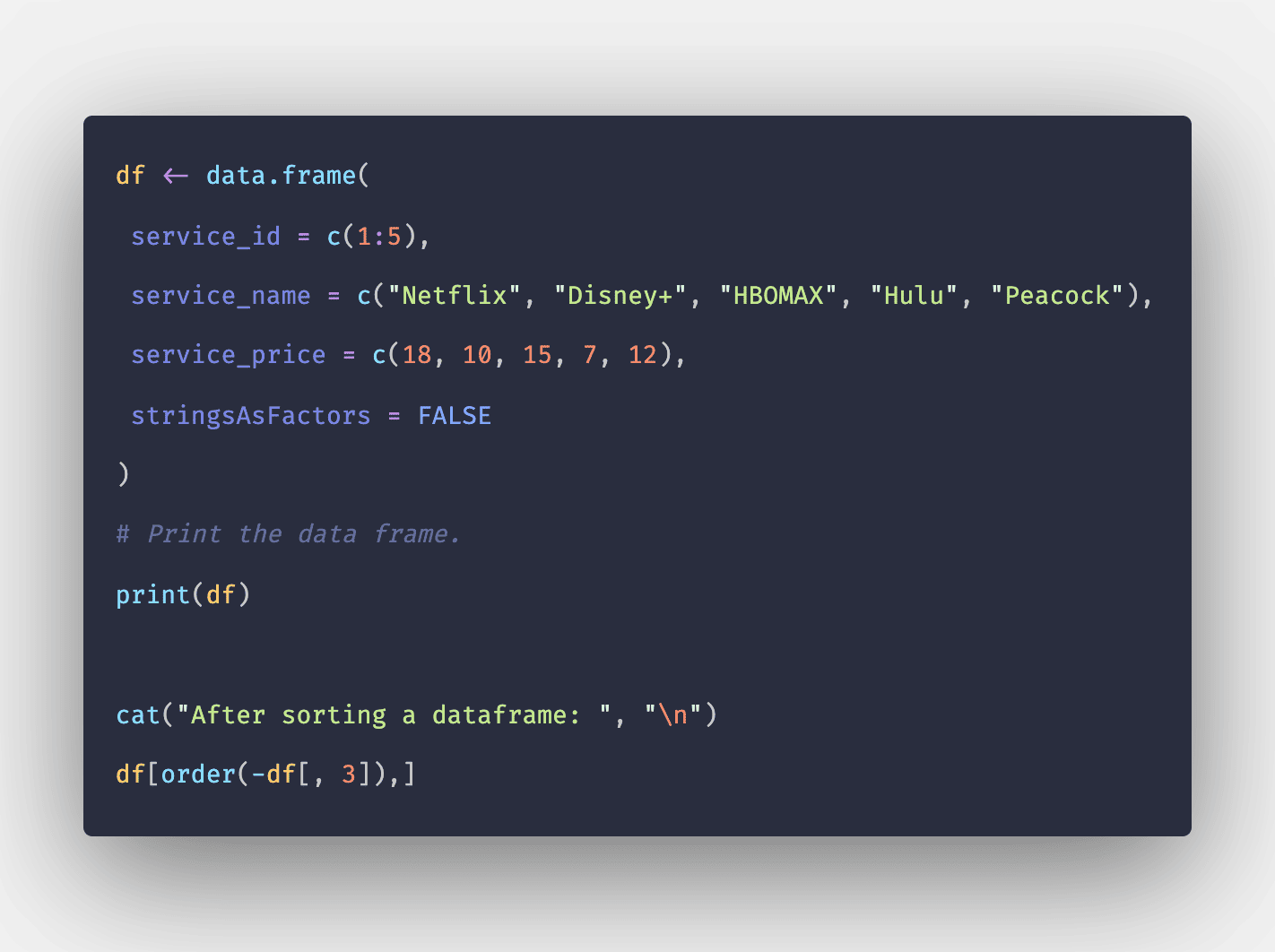
How to Sort Data in R using sort() and order() Functions
Three functions in R that people often get confused are sort, order, and rank. Here's the difference between these functions: sort () will sort a vector in ascending order order () will return the index of each element in a vector in sorted order rank () will assign a rank to each element in a vector (smallest = 1)

sorting How do I sort points in clockwise order in R with respect to
Here are two ways to sort data in R: Using the sort () function for vector Using the order () function for data frame Method 1: Using the sort () function for vector The sort () function is used to sort or order a vector in ascending or descending order. Syntax sort (x, decreasing = FALSE, na.last = NA,.) Parameters

R Sort DataFrame Rows by Multiple Columns Spark By {Examples}
Sorting definition () The sort function in R returns data in ascending or descending order. As seen above, the lowest value (-5) of our sample vector was returned first, followed by the highest value (i.e. 5). Order is defined as () The order function in R returns the ascending or descending position of each element in its input.
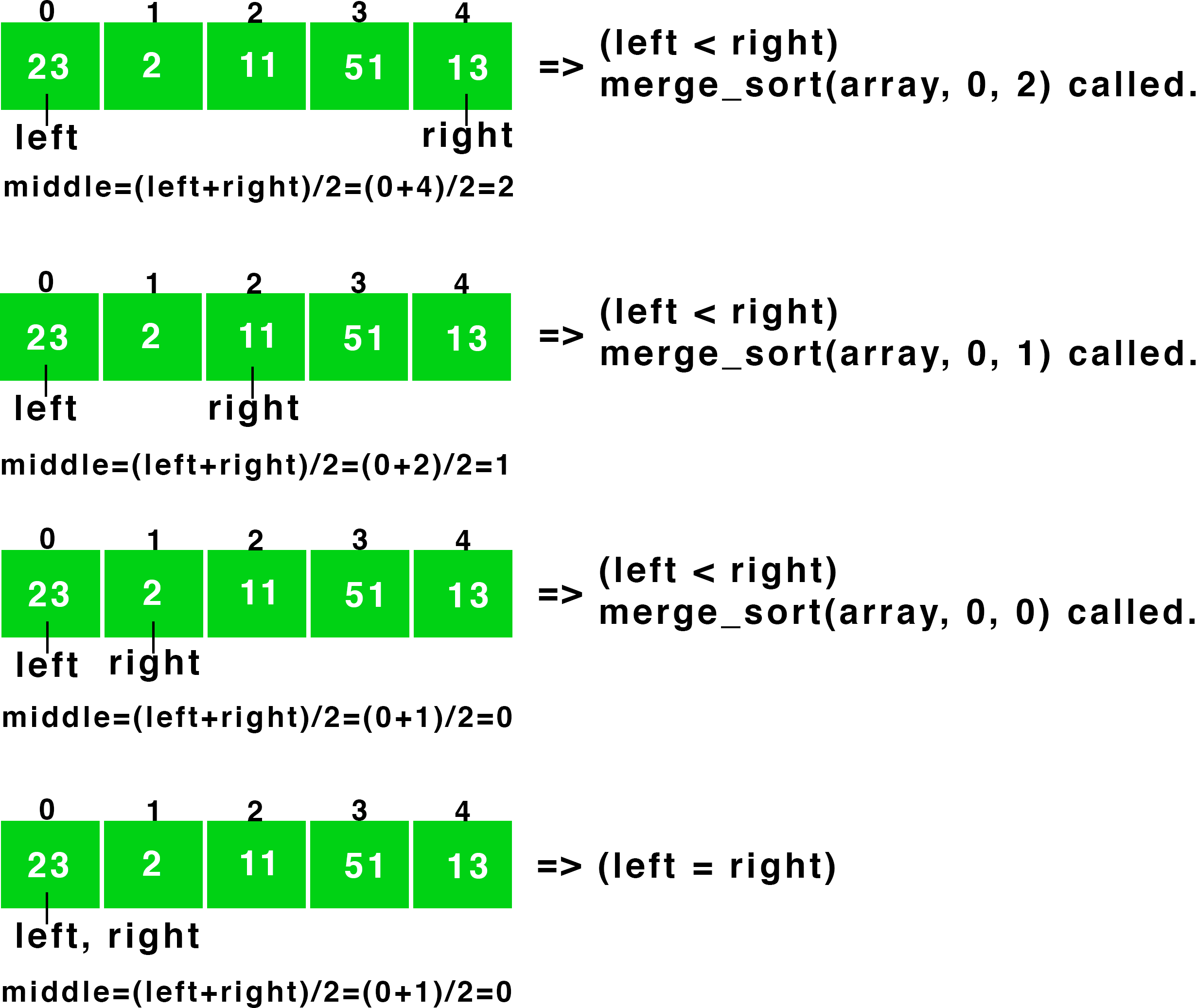
Merge Sort
arrange () orders the rows of a data frame by the values of selected columns. Unlike other dplyr verbs, arrange () largely ignores grouping; you need to explicitly mention grouping variables (or use .by_group = TRUE ) in order to group by them, and functions of variables are evaluated once per data frame, not once per group. Usage
[Solved] Merge Sort in R 9to5Answer
Sort (or order) a vector or factor (partially) into ascending or descending order. For ordering along more than one variable, e.g., for sorting data frames, see order. Usage sort (x, decreasing = FALSE,.) # S3 method for default sort (x, decreasing = FALSE, na.last = NA,.)

R Tutorials Sort [05] and Order YouTube
Sorting in R programming is easy. The order function's default sort is in ascending order (sort values from lowest to highest value). A quick hack to reverse this is to add a minus sign to the sorting variable to indicate you want the results sorted in descending order.

Data Manipulation in R Find all its concepts at a single place
To sort a data frame in R, use the order ( ) function. By default, sorting is ASCENDING. Prepend the sorting variable by a minus sign to indicate DESCENDING order. Here are some examples. Run this code
